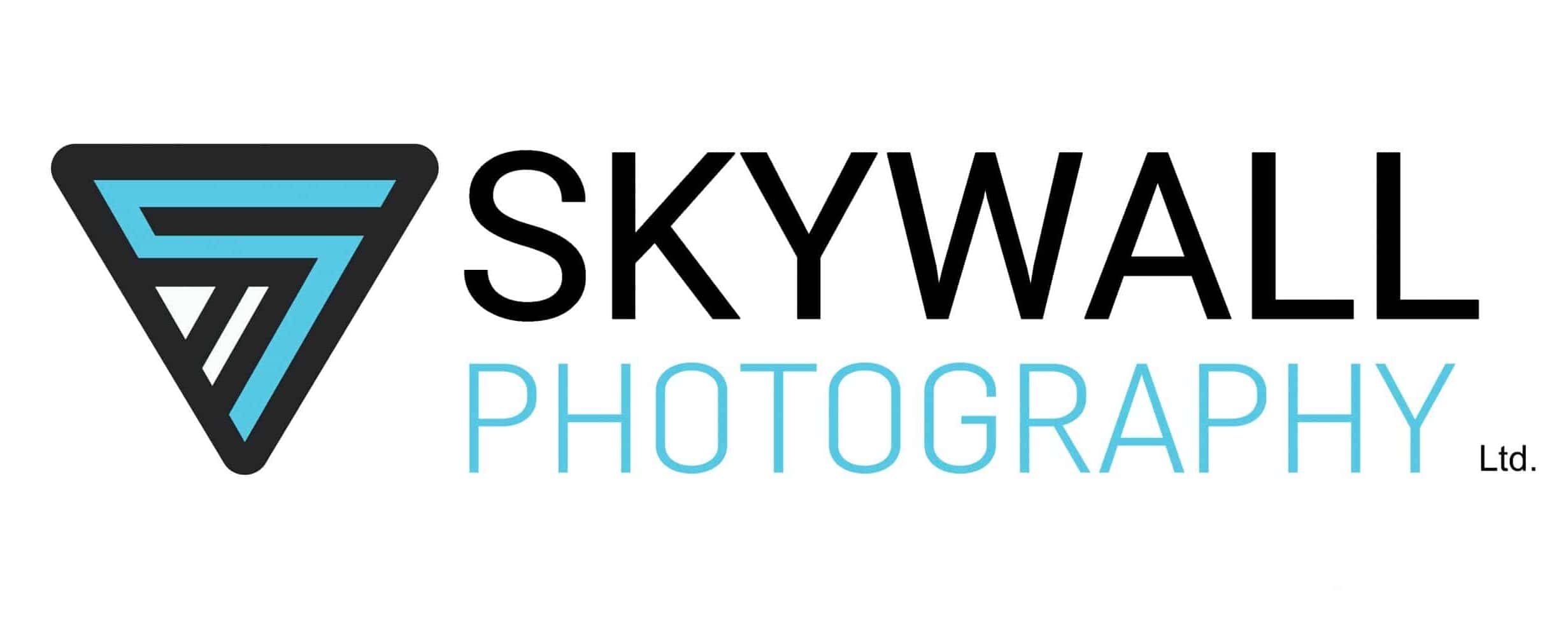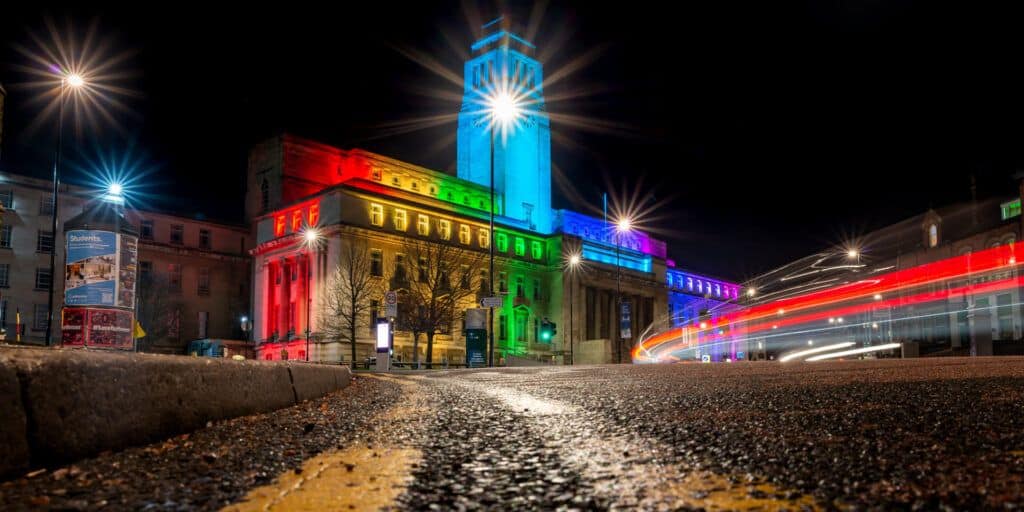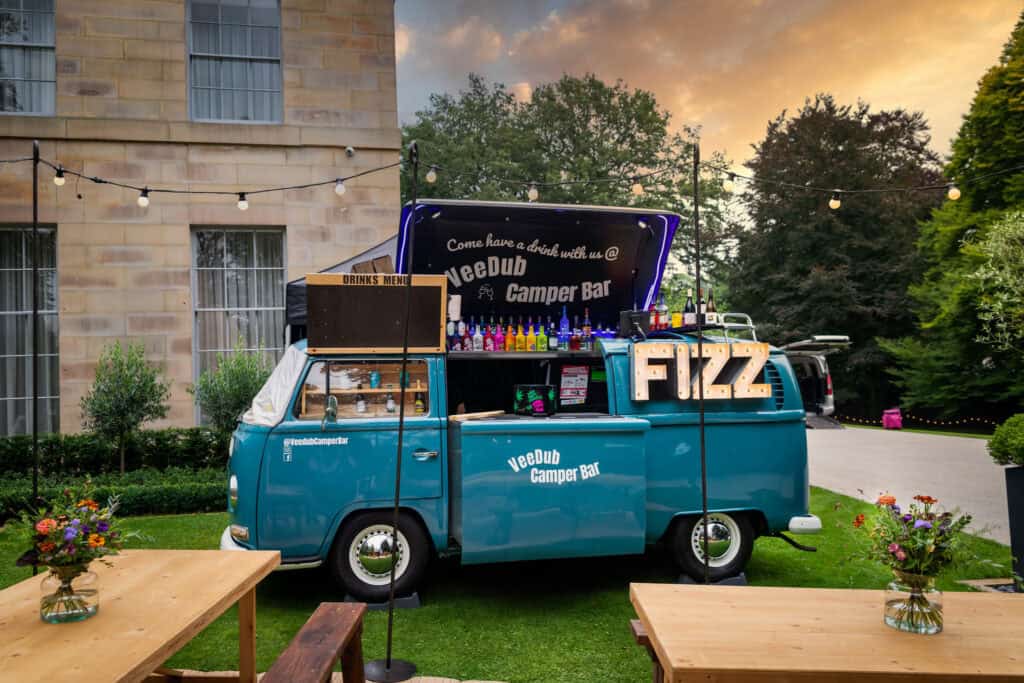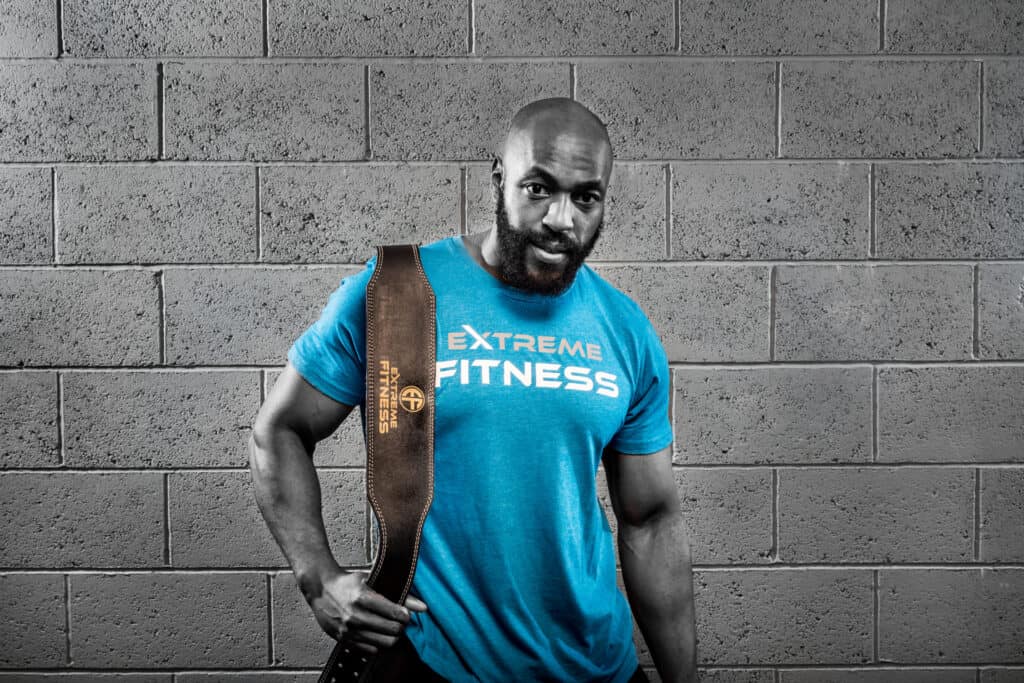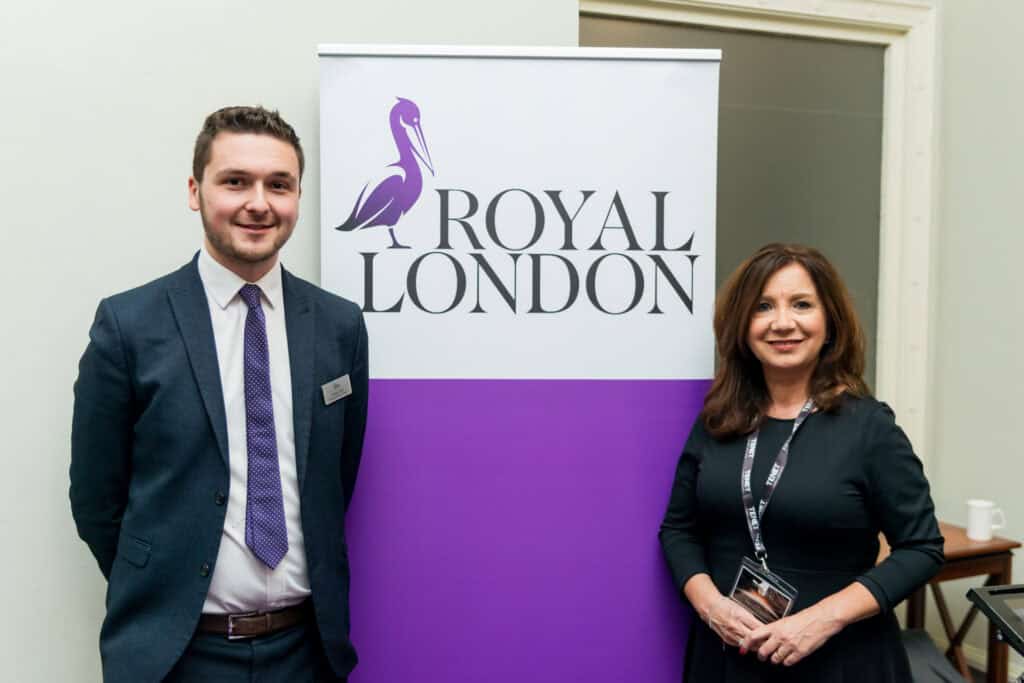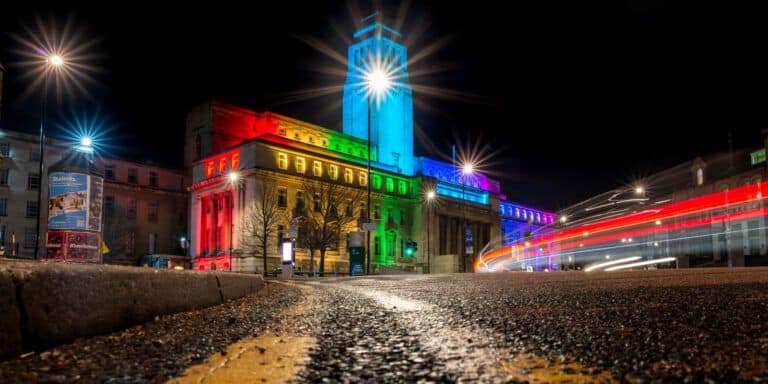How to Use Commercial Photography to Tell Your Brand’s Story
Commercial photography is a powerful tool that allows brands to effectively communicate their story through visual imagery. In this article, we will explore the various aspects of using commercial photography to tell your brand’s story.
Visual storytelling is a compelling way to engage with your audience and create a lasting impact. It goes beyond words and taps into the power of visuals to evoke emotions and convey messages. For brands, visual storytelling is of utmost importance as it enables you to connect with your target audience on a deeper level and differentiate yourself in a competitive market.
Commercial photography plays a crucial role in enhancing brand storytelling. It helps capture the essence of your brand, communicate your values, and showcase your products or services in a visually appealing manner. By leveraging the expertise of a commercial photographer, you can create captivating visuals that resonate with your target audience and effectively tell your brand’s story.
To effectively use commercial photography for your brand, it is essential to have a clear understanding of your brand’s story. This involves defining your brand’s values, personality, and unique selling proposition. Identifying your target audience is equally important as it helps tailor your visuals to resonate with the right people.
Creating a concept for your brand photoshoot involves determining the desired look and feel of your images, selecting appropriate locations and props, and choosing suitable models or subjects that align with your brand aesthetic. Collaborating with a commercial photographer who understands your vision is crucial for the success of your photo shoot. It involves finding the right photographer for your brand, collaborating on the creative brief, and managing the logistics of the photoshoot.
Utilizing commercial photography in your marketing efforts involves developing a consistent visual identity that aligns with your brand, integrating brand photos into your website and social media platforms, and using them for print and advertising campaigns. By maintaining a cohesive visual presence, you can reinforce your brand’s story and enhance brand recall.
Measuring the impact of commercial photography can be done by tracking metrics and analytics, such as website traffic, engagement rates, and conversions. Gathering feedback from your customers on how the visuals resonate with them can also provide valuable insights into the effectiveness of your commercial photography efforts.
In this article, we will delve deeper into each of these aspects and provide practical tips and strategies for using commercial photography to tell your brand’s story effectively.
The Power of Visual Storytelling
The Power of Visual Storytelling is undeniable when it comes to conveying a brand’s message and connecting with the audience. There are several reasons why visual storytelling holds such influence:
1. Engages emotions: Visuals have the ability to evoke emotions in a way that words simply cannot. Compelling images establish a strong emotional bond with the audience, creating a powerful connection.
2. Captures attention: In a world filled with an overwhelming amount of information, visuals have the ability to quickly grab and hold attention. Eye-catching photographs help a brand to stand out and make a lasting impression.
3. Tells a story: Images have the ability to tell a complete story in just one frame. Visual storytelling effectively communicates a brand’s values, origins, and purpose in a way that is captivating and memorable.
4. Creates a lasting impact: Compared to text alone, visuals are more likely to be remembered and recalled. By incorporating visual storytelling, a brand can leave a lasting imprint in the minds of the audience.
5. Increases engagement: Visual content generates higher levels of engagement on social media platforms. Users are more likely to like, comment, and share visual posts, ultimately expanding a brand’s reach and exposure.
When utilizing visual storytelling for your brand, it is important to consider these suggestions:
– Focus on authenticity: Use genuine and relatable visuals that align with your brand’s identity and values. This will help create a genuine connection with your audience.
– Use storytelling techniques: Develop a compelling narrative that captivates and resonates with your target audience through your visuals. This will help create a deeper and more meaningful connection.
– Be consistent: Maintain a consistent visual style and tone across all brand platforms to establish a cohesive and recognizable identity. Consistency is key to building brand recognition and trust.
– Experiment with different formats: Diversify your storytelling approach by exploring various visual mediums such as photography, videos, infographics, or illustrations. This will help keep your audience engaged and interested.
Why is Visual Storytelling Important for Brands?
Visual storytelling is vital for brands as it allows them to establish a meaningful connection with their target audience and create a strong emotional bond. By utilizing visually captivating images, brands can effectively convey their message, values, and identity.
Visual storytelling captures attention and leaves a lasting impact, helping brands stand out in a competitive market and captivating the audience in an information-saturated world. Through storytelling, brands can communicate their unique selling points and differentiate themselves from their competitors.
Visual storytelling evokes emotions and creates a memorable experience for the audience. It taps into the human psyche, making it easier for individuals to remember and relate to a brand. Emotions carry significant influence, and through visual storytelling, brands can elicit specific emotional responses that align with their brand image and positioning.
Visual storytelling has the potential to become viral on social media platforms, increasing brand visibility and awareness. People are more inclined to share visually compelling content, thereby extending the brand’s reach and attracting new customers.
The power of visual storytelling has always been evident throughout history, from ancient cave paintings to modern advertising campaigns. Visuals have consistently played a significant role in capturing attention, conveying messages, and leaving a lasting impression. Today, brands continue to leverage the power of visual storytelling to establish meaningful connections with their audience and narrate their unique stories in a compelling manner.
How can Commercial Photography Enhance Brand Storytelling?
Commercial photography can greatly enhance brand storytelling by visually capturing the essence and personality of a brand. By utilizing compelling visuals, it effectively conveys the values and message of the brand to the target audience. These captivating images evoke emotions and engage viewers, instantly capturing their attention and allowing the brand to connect with them on a deeper level.
Commercial photography helps in developing a consistent visual identity by employing a cohesive style and aesthetic, reinforcing the brand’s message and ensuring effective communication with consumers. It also showcases products or services in action, telling a story of how the brand can positively impact the lives of customers. With skills in commercial photography, brands are able to enhance their storytelling capabilities and effectively communicate and connect with their target audience.
Understanding Your Brand’s Story
Unravelling the essence of your brand’s story is a pivotal step towards carving a distinct identity in the realm of commercial photography. By delving into the core values and personality that define your brand, and by identifying your target audience, you can uncover a narrative that resonates with authenticity and impact. Join us on this captivating journey as we explore the intricate nuances of understanding your brand’s story and how it can be leveraged through the lens of commercial photography.
Defining Your Brand’s Values and Personality
Defining your brand’s values and personality is essential for establishing a robust and recognizable brand identity. It is crucial to clearly define what your brand stands for and represents in order to differentiate it from competitors and attract the appropriate audience.
To define your brand’s values and personality, it is important to conduct research and analyze your target audience. Gain an understanding of their needs, preferences, and values in order to align your brand with their expectations.
Identify key adjectives or words that describe your brand’s personality. Use innovative, trustworthy, eco-friendly, or sophisticated descriptors as the foundation.
Showcasing your brand values through visual storytelling is significant. Include commercial photography that highlights environmentally friendly practices or products if sustainability is a core value.
Consistency is crucial in conveying your brand’s values and personality through visual elements, including photographs, to cultivate a cohesive identity. By actively defining and incorporating your brand’s values and personality in commercial photography, you can effectively communicate your brand’s story to your audience.
Identifying Your Target Audience
Identifying Your Target Audience is crucial in commercial photography. It allows you to customize your visual storytelling to directly appeal to them and capture their attention. Here are some key factors to consider when identifying your target audience:
1. Demographics: Establish the age range, gender, location, and relevant demographic factors of your target audience. This information will assist you in creating visuals that resonate with their characteristics.
2. Interests and Hobbies: Explore the interests, hobbies, and lifestyle choices of your target audience. This knowledge will enable you to incorporate elements in your photoshoot that align with their passions and seize their attention.
3. Consumer Behavior: Study the purchasing behaviour and preferences of your target audience. Understand their motivations, needs, and pain points to create visuals that address their specific desires and challenges.
4. Communication Channels: Identify the platforms and channels your target audience uses to consume visual content. This will help you determine where to showcase your brand photos and effectively engage with your audience.
5. Competitor Analysis: Research your competitors and identify their target audience. This information will provide you with insights into potential market gaps and allow you to position your visuals in a way that sets you apart from others.
By carefully Identifying Your Target Audience, you can create commercial photography that resonates with them, establishes a strong connection with your brand, and drives meaningful engagement and conversions.
Creating a Concept for Your Brand Photoshoot
When it comes to creating impactful brand photoshoots, understanding how to craft a compelling concept is key. In this section, we’ll dive into the art of conceiving a vision for your brand’s photoshoot. From determining the desired look and feel to selecting striking locations and props, as well as choosing the perfect models or subjects, we’ll explore the crucial elements that contribute to showcasing your brand’s unique story through commercial photography. Get ready to captivate your audience with stunning visuals that resonate with your brand narrative.
Determining the Desired Look and Feel
When determining the desired look and feel for your brand photoshoot, please follow these steps:
1. Define the objective: Determine the purpose of the photoshoot. Is it to showcase a particular product, capture the lifestyle of the brand, or convey a specific emotion?
2. Conduct research and gather inspiration: Seek visual references that align with the aesthetics and values of your brand. Explore magazines, websites, and social media platforms for inspiration.
3. Create a mood board: Compile images, colours, textures, and other visual elements that reflect the desired look and feel. This will guide the creative direction of the photoshoot.
4. Consider lighting techniques: Decide whether to use natural light, studio lighting, or a combination to achieve the desired atmosphere. Lighting plays a pivotal role in setting the mood.
5. Select colour schemes: Determine the colour palette that best represents your brand and aligns with the desired look and feel. Colours evoke specific emotions and greatly influence the overall mood.
6. Choose props and styling: Identify props, accessories, and styling elements that complement the desired look and feel. These elements assist in reinforcing your brand’s story and creating a cohesive visual narrative.
7. Communicate with the photographer: Discuss your vision, mood board, and creative direction with the photographer. Collaborate to ensure they understand your desired look and feel and can translate it into captivating visuals.
8. Review and make adjustments: After the photoshoot, review the captured images with the photographer and make any necessary adjustments or refinements to ensure the desired look and feel are achieved.
Focusing on determining the desired look and feel during a brand photoshoot is crucial as it sets the tone for how your brand is visually perceived.
Selecting Locations and Props
When it comes to selecting locations and props for your brand photoshoot, there are several important steps you should follow. First and foremost, it is crucial to identify the desired aesthetic and theme for your photoshoot. This will help guide you in choosing locations and props that align perfectly with your brand’s narrative and values.
To begin, conducting thorough research is key. Look for potential locations that match your desired aesthetic, taking into consideration factors such as lighting, scenery, and relevance to your brand’s target audience. It’s important to find locations that not only look good but also resonate with your brand’s message.
Once you have a list of potential locations, it’s essential to personally visit each one to evaluate their feasibility and potential. During these visits, be sure to take note of any permits or restrictions that may be applicable. It’s important to ensure that you have all the necessary permissions to shoot in a particular location.
Prop selection is another crucial aspect of your brand photoshoot. Make sure to choose props that enhance your brand’s narrative and complement the overall look and feel of your shoot. These props should be in line with your brand’s values and personality, helping to tell the story you want to convey.
In addition to aesthetics, logistical aspects are also important to consider. Take into account transportation and setup requirements for your chosen locations and props. It’s essential to ensure that everything is practical and manageable within your budget and timeline.
Remember, the thoughtful selection of locations and props can greatly enhance the visual storytelling of your brand photoshoot and create a more immersive experience for your audience. So take your time and make sure every aspect is carefully considered and aligned with your brand’s vision.
Choosing Models or Subjects
When selecting models or subjects for your brand photoshoot, it is important to take into account the following factors:
1. Relevance: The models or subjects should align with your brand and its values. They should represent your target audience and convey the desired message.
2. Diversity: Embrace inclusivity by selecting models or subjects that represent various demographics. This appeals to a wider audience and promotes diversity.
3. Professionalism: Look for models or subjects with the necessary skills and experience to bring your brand’s vision to life. Their appearance and expressions should effectively communicate your brand story.
4. Authenticity: Choose models or subjects who can genuinely embody your brand’s personality and values. This creates a strong connection with your audience and builds trust.
5. Collaboration: Involve models or subjects in the creative process. Seek their input and encourage open communication to ensure the final images accurately represent your brand and resonate with your audience.
Fact: In recent years, there has been a growing demand for diverse representation in commercial photography. Brands recognize the importance of inclusivity and authenticity in their marketing efforts.
Working with a Commercial Photographer
When it comes to bringing your brand’s story to life through photography, collaborating with a commercial photographer is vital. In this section, we will explore how to work effectively with a commercial photographer, covering everything from finding the perfect match for your brand to co-creating the creative brief. We will also dive into the essential aspect of managing the logistics of the photoshoot. With the right photographer by your side, you can capture the essence of your brand and communicate it to your audience with impactful imagery.
Finding the Right Photographer for Your Brand
Finding the Right Photographer for Your Brand involves several important considerations:
– Expertise: Search for a photographer who specializes in commercial photography and has experience working with brands. It is crucial that they possess a strong portfolio in your industry or a similar one.
– Style: Take into consideration the photographer’s style and ensure that it harmonizes with your brand’s aesthetic. Look for consistency within their portfolio and evaluate whether their previous work aligns with your desired appearance and atmosphere.
– Collaboration: Locate a photographer who is willing to collaborate and understand your brand’s vision. They should be open to discussing ideas and bringing your vision to life while also incorporating their own creative touch.
– Budget: Determine your financial plan and find a photographer who can operate within that range. Be transparent about your budget from the outset to avoid any surprises later on.
– Communication: Effective communication is essential for a successful collaboration. Choose a photographer who is responsive, attentive to your needs, and communicates clearly throughout the process.
By taking these factors into account, you will be able to find the appropriate photographer who can meet your brand’s specific requirements and assist you in conveying your story through captivating visuals.
Collaborating on the Creative Brief
When collaborating on a creative brief for your brand photoshoot, please follow these steps for effective communication and alignment with your photographer:
1. Define your goals: Clearly state the objectives and desired outcomes of the photoshoot.
2. Provide brand guidelines: Share any existing guidelines for your brand’s visual identity, tone, and style.
3. Share visual references: Compile mood boards or images that represent the desired look and feel for the photoshoot.
4. Discuss the target audience: Collaborate with your photographer to understand the audience and how the photos should resonate with them.
5. Outline key messages: Identify the storytelling elements or key messages you want the photos to convey.
6. Discuss logistics: Determine the shoot location, date, time, and any specific requirements for props, models, or resources.
7. Clarify deliverables: Clearly define the number of final images needed, the formats required, and any post-production expectations.
8. Establish a timeline: Set a timeline for the entire creative process, including pre-production, the photoshoot day, and post-production.
9. Maintain open communication: Regularly communicate with your photographer, encourage feedback, and exchange ideas throughout the collaboration.
Managing the Photoshoot Logistics
To effectively manage the logistics of your brand’s photoshoot, please follow these steps:
1. Plan the schedule: Begin by determining a date and time that is convenient for all parties involved, including the photographer, models, and other team members.
2. Create a shot list: It is crucial to outline all the specific images you wish to capture during the photoshoot. This will ensure that nothing is overlooked or forgotten.
3. Organise equipment: Prior to the shoot, make sure to thoroughly prepare and check the cameras, lighting equipment, and props to ensure that they are functioning properly.
4. Secure locations: Obtain any necessary permits or permissions well in advance, and arrange appropriate locations for the desired shots.
5. Coordinate with models: Confirm the availability of the models, discuss their wardrobe requirements, and provide them with any specific instructions or poses.
6. Arrange styling and makeup: Collaborate with professionals to coordinate styling and makeup services for the photoshoot.
7. Prepare for contingencies: It is crucial to have backup plans ready in case of unexpected circumstances, such as adverse weather or equipment malfunctions.
8. Manage logistics on the day of the shoot: Take charge of supervising the setup of equipment, guiding the models, and ensuring that the schedule runs smoothly.
9. Review and select images: After the photoshoot, carefully review and choose the best images for further editing and use in branding and marketing materials.
Please do not hesitate to reach out if you require any further assistance.
Utilizing Commercial Photography in Your Marketing
Unlock the power of commercial photography to captivate your audience and tell your brand’s unique story. Discover the art of utilizing commercial photography in your marketing strategy. From developing a consistent visual identity to seamlessly integrating brand photos into your website and social media, and even utilizing photos for print and advertising campaigns, this section dives deep into the many ways commercial photography can elevate your brand presence and drive engagement. Get ready to take your marketing to new heights with stunning visuals that leave a lasting impact.
Developing a Consistent Visual Identity
Developing a consistent visual identity is crucial for brands to establish recognition and build a strong brand image. It allows customers to easily identify and connect with the brand. There are several important factors to consider when developing a consistent visual identity.
1. Define your brand’s visual elements. This includes choosing a colour palette, typography, and graphic style that align with your brand’s values and personality. Consistently use these visual elements across all brand materials, such as websites, social media, and advertising.
2. Create a brand style guide. Document your brand’s visual elements and provide guidelines on how to use them, ensuring consistent application across all platforms. Include instructions on logo usage, colour codes, font choices, and image treatments.
3. Use cohesive design elements. Consistency in layout, composition, and visual effects helps unify the brand’s visual identity. Elements like textures, patterns, and illustrations can contribute to a recognisable visual style.
4. Maintain consistency in messaging. Ensure that the visual identity aligns with the brand’s messaging and tone. Use language, voice, and key messages consistently across all communication channels to reinforce the brand’s identity.
5. Regularly review and update. As the brand evolves, regularly review and update the visual identity to remain relevant and consistent with the brand’s values and goals.
By developing a consistent visual identity, brands can establish a strong and recognisable presence in the market, enhancing brand awareness and fostering customer loyalty.
Integrating Brand Photos into Your Website and Social Media
Integrating brand photos into your website and social media is crucial for establishing a consistent visual identity and engaging with your target audience. Showcasing products or services with high-quality brand photos effectively presents the specificities, features, and advantages of what you offer.
Well-designed brand photos create a professional and refined image for your brand, conveying excellence and trustworthiness. These photos also enhance brand storytelling by reflecting your brand’s values, personality, and unique selling points, establishing an emotional connection with your audience.
Including brand photos in social media posts boosts engagement by capturing attention and prompting likes, comments, and shares. These brand photos drive traffic to your website as they spark audience interest and encourage them to visit your website, ultimately leading to increased traffic and potential conversions.
Therefore, integrating brand photos into your website and social media is vital for effectively promoting your brand.
Factors to Consider for Print and Advertising Campaigns
- Visual Appeal: Photos used in campaigns should capture the attention of the target audience.
- Brand Consistency: Photos should align with the visual identity of the brand, reflecting its values and desired appearance.
- Message Clarity: Photos should effectively convey the intended message and story of the brand.
- Target Audience Relevance: Photos should resonate with the target audience and be relatable to their needs, interests, and aspirations.
- Unique Selling Proposition: Photos should highlight the unique selling points of the product or service and showcase its benefits.
- Composition and Framing: Give careful consideration to the composition and framing of photos to create visually impactful images.
- Call to Action: Photos should prompt the desired action from the audience, such as making a purchase or visiting a website.
- Legal and Ethical Considerations: Ensure that photos comply with copyright laws and ethical guidelines.
- Testing and Feedback: Test photos with a sample audience and gather feedback to ensure their effectiveness.
Using photos for print and advertising campaigns is crucial for capturing attention and conveying the message of the brand. Consider factors such as visual appeal, brand consistency, message clarity, target audience relevance, unique selling proposition, composition and framing, call to action, legal and ethical considerations, and testing and feedback. This will ensure maximum impact and engagement with the audience.
Measuring the Impact of Commercial Photography
In the world of commercial photography, capturing stunning images is just the beginning. In order to truly harness the power of visual storytelling, we need to measure its impact. In this section, we’ll dive into the crucial task of measuring the effectiveness of commercial photography. From tracking metrics and analytics to gathering valuable customer feedback, we’ll explore the tools and techniques that allow us to gauge the reach and resonance of our visual brand narrative.
Tracking Metrics and Analytics
Tracking metrics and analytics are crucial for evaluating the effectiveness of commercial photography and its impact on your brand. Analyzing the data enables you to make well-informed decisions and optimize your marketing strategies. Please consider the following key factors:
- Website traffic: It is essential to monitor the number of unique visitors, page views, and click-through rates. These metrics help you understand the level of engagement generated by your brand photos.
- Conversion rates: Measuring the percentage of website visitors who perform desired actions, such as making a purchase or signing up for a newsletter, provides valuable insights. This data reveals the direct impact of commercial photography on driving conversions.
- Social media engagement: Analyze likes, comments, shares, and the number of followers gained from posts featuring your brand photos. High engagement indicates that your visual content resonates with your target audience.
- Brand recognition: It is important to track the impressions and reach of your brand photos across different platforms. This assessment helps evaluate how effectively your visual storytelling efforts are increasing awareness and recognition of your brand.
A real-life example highlights the significance of tracking metrics and analytics. A fashion brand invested in a professional photoshoot to showcase its new collection. By analyzing website analytics and conversion rates, they discovered that product pages with high-quality images had a significantly higher conversion rate compared to those without. This valuable insight led them to prioritize commercial photography in their marketing strategy, resulting in increased sales and brand credibility.
Gathering Customer Feedback
When gathering customer feedback, it is crucial to consider the following keywords: Gathering Customer Feedback.
1. Timing: It is vital to select the appropriate moment to gather customer feedback. This could be immediately after a purchase or after some time of using the product or service.
2. Method: Determine the most efficient way to gather customer feedback based on your target audience. This could include online surveys, face-to-face interviews, or social media polls.
3. Open-ended questions: Incorporate these types of questions into your feedback collection methods to allow customers to provide detailed insights and suggestions.
4. Analyzing data: Thoroughly analyze customer feedback to identify common trends, issues, and areas for improvement.
Gathering customer feedback is crucial as it aids in understanding customer needs and preferences, and informs business decision-making. By listening to customers, you can identify areas of excellence and opportunities for improvement. This feedback can guide product development, marketing strategies, and customer service initiatives, ultimately strengthening your relationship with customers and increasing their loyalty.
Summary
Every successful brand has a story. Commercial photography is a powerful way to communicate that to potential and existing customers.
